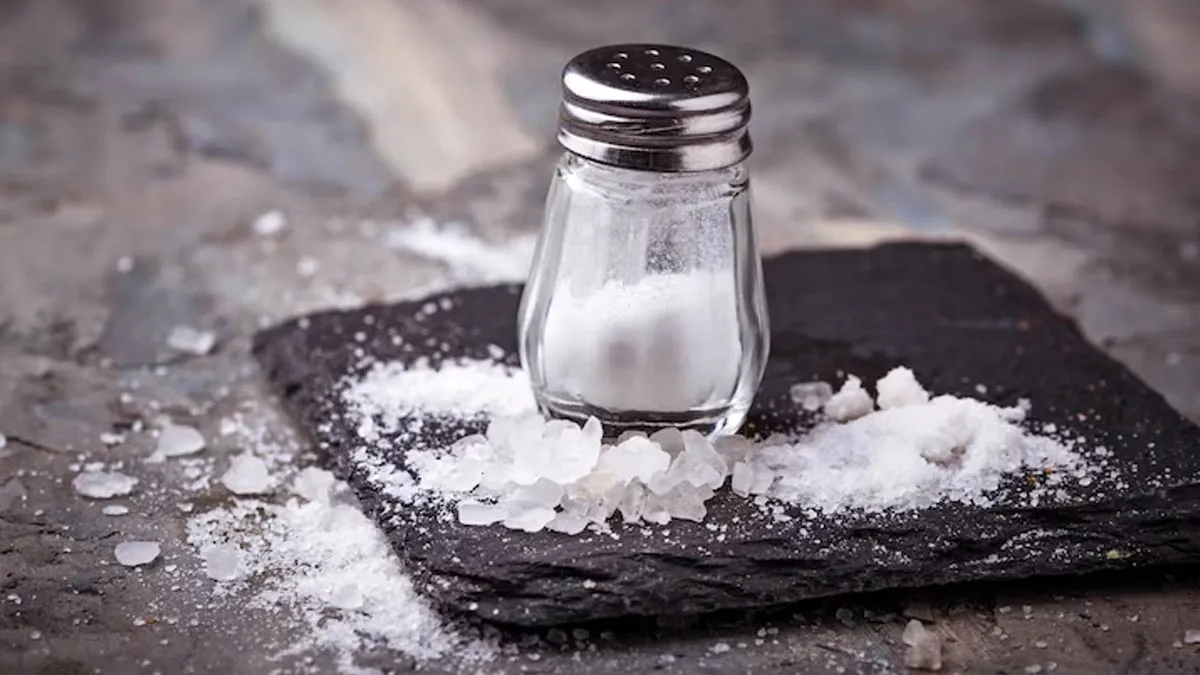
Excessive intake of sodium has long been linked with various serious health issues in India. These include hypertension, heart disease, and stroke. In a bid to curb these health problems, the World Health Organization (WHO) has recently released a new set of guidelines about reducing sodium intake, but in the direction of potassium-based salt substitutes. The new recommendations are very crucial for India due to the ongoing eruptions of hypertension and cardiovascular diseases among young people within the country.
Table of Content:-
What are Potassium-Based Salt Replacements?
Table salt is essentially sodium chloride. However, the WHO now recommends that a proportion of sodium chloride be replaced with potassium chloride, which would have the dual advantage of reducing sodium intake and increasing potassium intake. Studies have shown that an increase in potassium alone can reduce blood pressure by a considerable amount, which is a very effective weapon against cardiovascular diseases.

Also Read: Sugar Or Salt: What Affects Your Heart More?
WHO's Three-Step Strategy
The newly published guidelines suggest an organised method to control sodium consumption The three main strategies highlight the following:
Reduce Sodium Intake: The WHO has suggested that the intake of sodium should be below 2 grams per day, which is equivalent to about 5 grams, or one teaspoon, of salt.
Avoid the Use of Table Salt: The easiest way to decrease sodium is to avoid the use of table salt in cooking and at the dinner table.
Adopt Potassium-Based Salt Alternatives: The guideline lastly recommends the intake of a proportion of the usual salt be replaced with potassium-based alternatives that may help to counteract the harmful effects of excessive sodium consumption.
Even though this practice can help much of the population, the WHO has clarified that potassium-based salt substitutes cannot be consumed by all. People who have weak kidneys, children, and pregnant women are cautioned against such alternatives since they pose a health risk.

Why This Matters in India
India is struggling with ever-increasing lifestyle diseases and conditions such as hypertension and cardiovascular conditions, where many are indulging in high-sodium diets due to processed and fast foods. The new recommendations from the WHO are, therefore, one step ahead in trying to limit sodium intake-the new directives that can curb heart attacks and strokes among all ages.
Bottomline
The guidelines laid out by WHO come as an alarm for the masses to make adjustments. Small impacts, such as potassium-based salt substitutes, make all the difference. As Indians, we must learn to step ahead for good heart health. As we look ahead, adopting these recommendations could be an important step in addressing India's rising health crisis and creating a culture of wellness and longevity.
Also watch this video
How we keep this article up to date:
We work with experts and keep a close eye on the latest in health and wellness. Whenever there is a new research or helpful information, we update our articles with accurate and useful advice.
Current Version